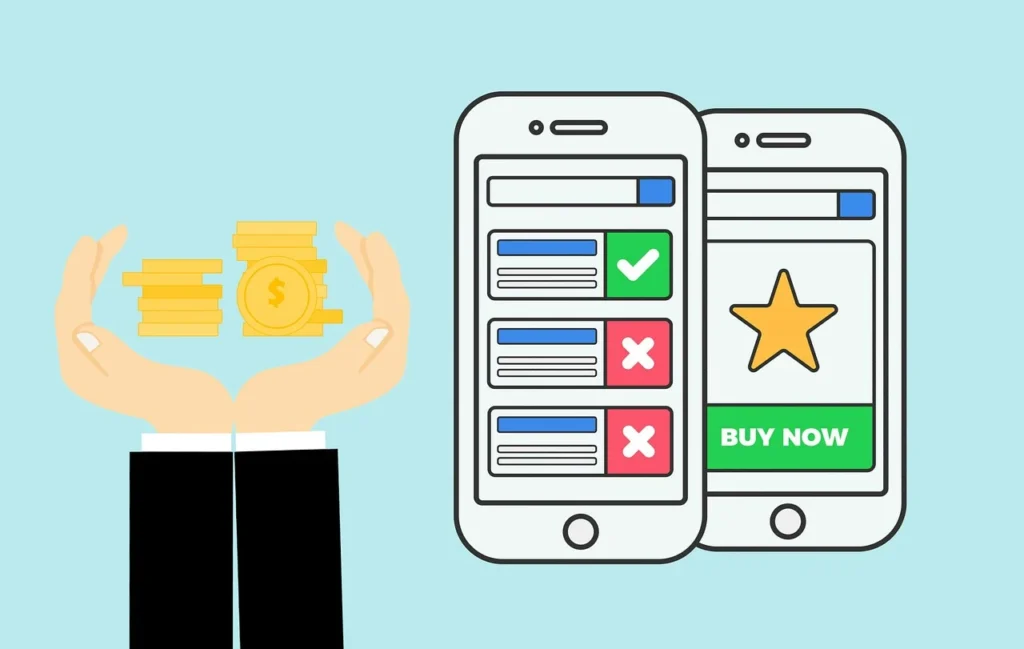AI-Powered Ads Optimization and Personalization

In the rapidly evolving advertising landscape, Artificial Intelligence (AI) is redefining how businesses approach campaigns. AI-powered ads offer unparalleled capabilities for optimization, personalization, and automation, enabling marketers to achieve results that were once unattainable. This article explores the key benefits of AI-Powered Ads and how they are transforming the advertising sector. The Role of […]

